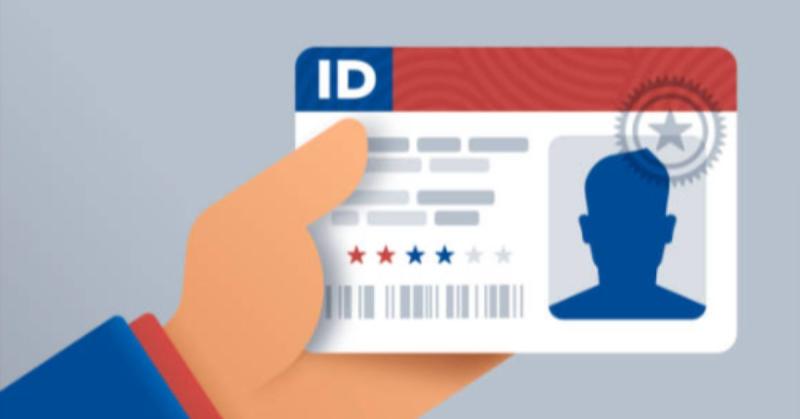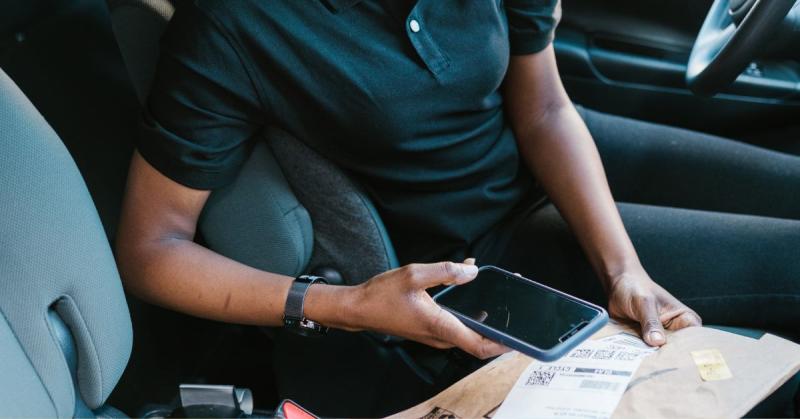How Barcodes Can Revolutionize Vaccine Administration?

Vaccines have paved a pivotal role in the development of human society. Whether it was eradicating smallpox from the world or combating COVID-19, their role can never be undermined.
However, with time, public healthcare needs are becoming increasingly complex. They need an agile, accurate, and safe vaccine administration system. Something traditional vaccine administration management cannot provide.
It is riddled with various bottlenecks like manual data entry processes, inefficient inventory management, slower adverse event monitoring, and much more. The rise of counterfeit vaccines flooding the healthcare channels has made it difficult to provide quality patient care.
However, barcodes hold the untapped potential to revolutionize the vaccine administration. They help verify the authenticity of vaccines, improve inventory management, maintain records of patient information, and more.
Let’s dive deep into how barcodes can revolutionize vaccine administration:
Inventory Management
Vaccine vials can be encoded with crucial information detailing their manufacturer, composition, viability, etc. These vaccine barcodes can be scanned during their transition from inventories to administration. You can instantly retrieve vaccine data or view available vial counts to manage and track vaccines across inventories at different stages. You can even encode expiry dates on your vaccine barcodes.
This way, you can remove expired vaccines or rotate stock to dispense vaccines nearing their expiry date. This allows healthcare workers to use vaccines and ensure minimal wastage judiciously.
Vaccine procurement can be easily automated by integrating barcode reader software with your inventory management system. You can pre-set the needed vaccine count. With each scan, the vaccine counts would be automatically updated and notify you once they fall below the predetermined threshold level.
Patient Health Information
Barcodes can be integrated with patient records for improved patient identification and vaccine administration. You can assign unique barcodes to patients encoding their vaccination history, administered vaccines, health information, or dosing schedules. You don’t need to retrieve or manage patient health information manually. Just scan the barcodes to retrieve the patient's prior history, ensuring correct dosage and vaccine administration.
Patients can be timely notified to receive follow-up vaccines or booster doses. Sometimes, personalized vaccines are for investigational and experimental purposes or emergency use authorization by FDA. They cannot be administered to everyone and are only meant for approved individuals. You can encode patient health information on such vaccine barcodes. Healthcare workers can then scan these barcodes and ensure only the correct patients are administered.
Data Entry & Retrieval
Barcodes dramatically simplify data entry and its management. They help in reducing manual errors, speed up administration, and ensure patient accuracy. So, Instead of spending more time on manual data entry processes, healthcare workers can then better utilize their time.
With barcodes, healthcare workers can avoid manually entering patient or vaccine information. A quick scan of the barcode and it automatically records the data.
Also, barcodes can be scanned without requiring a specialized barcode scanner. You can leverage a robust enterprise-grade barcode reader SDK to create a browser-based barcode scanner. Healthcare workers can then use their smartphones to scan and decode barcodes quickly.
With such scanning capability on the go, vaccination data can be rapidly compiled and retrieved whenever needed. You don’t need to wait for a scanner to free up; use your smartphone instead.
Adverse Event Monitoring
An adverse drug event is harmful, leaving a lasting physical, emotional, or mental impact on patients following vaccine administration. It can range from mild chest pain to a severe heart attack. Healthcare workers must accurately identify and monitor any adverse event occurring after vaccine administration. Vaccine barcodes are a great tool for adverse event monitoring and reporting.
Each vial has its unique barcode assigned to them and can be integrated with patients’ medical data. If any adverse events occur, you can easily trace back the administered vial and report them to higher authorities. It is quick and more accurate than manual methods. Moreover, manufacturers can easily trace vaccines that are causing adverse event occurrences. They can trace the shipped vaccines and recall the batch causing it.
Vaccine Authentication
Counterfeit vaccines pose both health and social risks in society. They are composed of substandard or harmful substances that negatively impact the patient’s health. Moreover, fraudulent vaccines may impart less or minimal prophylactic effects than genuine vaccines. This can lead individuals or even communities to doubt the efficacy of vaccines.
Unique vaccine barcodes can be assigned to each vial or package. Upon scanning them, individuals and healthcare workers can access vaccine information from the company’s website or a central repository. This allows consumers to authenticate vaccines on the spot, protecting them from counterfeit ones.
Moreover, this also allows companies to gather data from the regions where the scanning occurs. They can analyze the scanning data to identify areas where vaccines were shipped and where counterfeit copies are being distributed.
Conclusion
Barcodes help simplify the different processes of vaccine administration and make it more efficient. Instant data capture allows individuals to rapidly store or retrieve data with a simple scan. This helps overcome immense paperwork associated with vaccine administration or during experimental trials.
Healthcare workers can also easily integrate patient information systems with barcode reader software, allowing them to monitor vaccine doses, frequency, and health history.
Using vaccine barcodes, vials, or batches resulting in adverse events can be timely reported. This helps in improving overall patient healthcare standards and safety.
Lastly, vaccine barcodes allow both consumers and healthcare workers to authenticate vaccines. This comes as a great tool when the risk of counterfeit medicines and vaccines jeopardizing general public health is greater than ever.









Comments